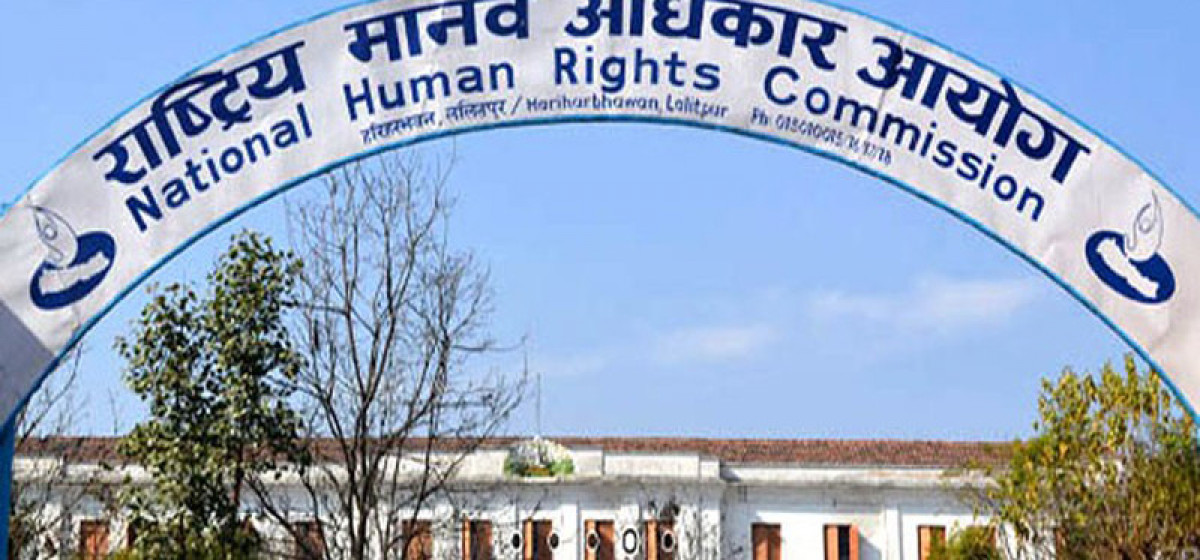In the wake of the recent earthquake that struck Jajarkot and Rukum West, Changunarayan Municipality in Bhaktapur stands as a beacon of inspiration for all local governments in Nepal. The seismic event, a stark reminder that disasters can strike at any time without warning, underscores the urgency of comprehensive disaster preparedness measures. Changunarayan Municipality's commitment to transforming itself into a disaster-resilient community serves as a lesson for the remaining 752 local governments in the country. The municipality, under the leadership of Mayor Jeevan Khatri, has implemented commendable initiatives in the current fiscal year, setting an example that deserves replication. One of the pivotal steps taken by Changunarayan Municipality is the establishment of a quick response team at the ward level. This team comprises skilled individuals who have undergone specialized training to form 'one community, one first responder team.' Mayor Khatri deserves appreciation as his vision to declare the municipality disaster-resilient is not just rhetoric; it is backed by concrete actions that emphasize the crucial role of local communities in responding effectively to disasters.
48 passengers remain missing after four days; search efforts co...

Furthermore, the municipality has distributed basic search and rescue materials to each ward, a move that demonstrates a commitment to equipping communities with the tools necessary to mitigate the impact of disasters. The prioritization of disaster management programs and activities underscores the proactive stance of the municipality in minimizing the loss of life and property in the case of any such eventuality. A notable aspect of its approach is the formation of 'one community, one first responder team' and 'one ward, one rapid response team.' This decentralized structure ensures that every part of the municipality is prepared to handle emergency situations swiftly and efficiently. The emphasis on community-based responses is recognition of the fact that, in times of crisis, local knowledge and collaboration are invaluable. Equally commendable are Changunarayan's identification of disaster-prone areas and the subsequent implementation of necessary preparations. This foresight is crucial in ensuring that vulnerable communities are not caught off guard when disaster strikes. Other local governments can learn from this proactive approach and prioritize risk assessments to inform their preparedness strategies.
As the threat of earthquakes and other disasters looms over Nepal, Changunarayan Municipality's proactive measures offer a blueprint for others to follow. It is imperative that local governments across the nation heed this example, recognizing that disaster preparedness is not a luxury but a necessity. The recent seismic event in Jajarkot and Rukum West serves as a wake-up call for all, urging us to prioritize the safety and well-being of our communities through robust disaster preparedness measures. In light of these facts, Changunarayan Municipality's commitment to becoming a disaster-resilient community sets a standard that should be emulated nationwide. The onus is now on all local governments to prioritize the safety of their people, invest in training and resources and establish community-driven disaster response mechanisms. It is only through collective and proactive efforts that we can build a resilient nation, ready to face the unpredictable challenges that nature may throw our way.



































